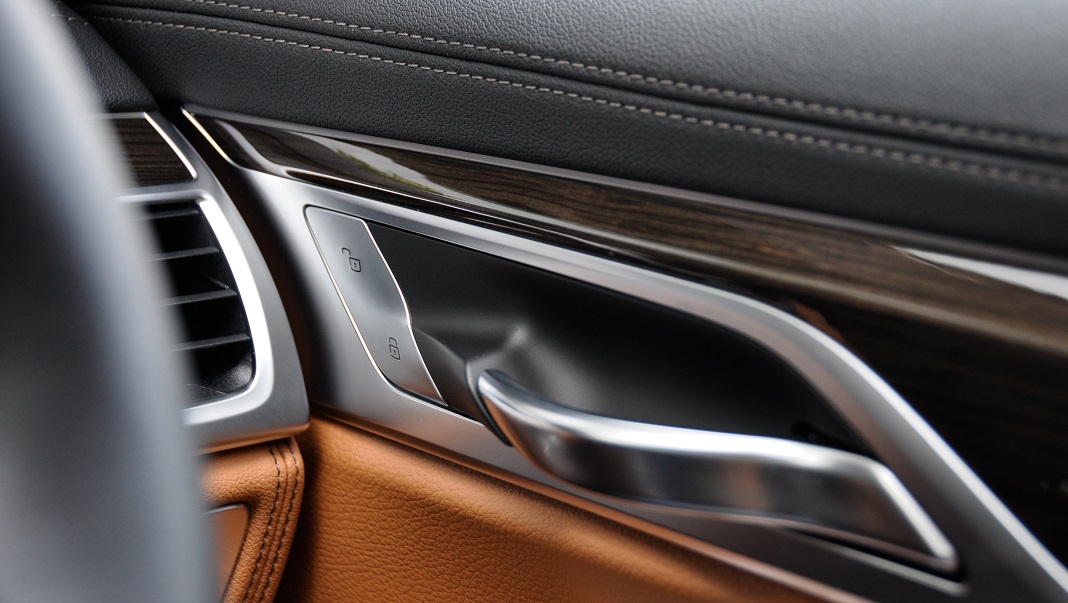 Is it just me or that the BMW 7-Series always ends up being the perennial runner up to Brand M’s limo? In fact, is there any other conclusion beyond the 7-Series being a car that flatters the chauffeur more than its owner, hence less deserving as a luxury limousine? Let’s tackle some common myths of the BMW 730Li.
Is it just me or that the BMW 7-Series always ends up being the perennial runner up to Brand M’s limo? In fact, is there any other conclusion beyond the 7-Series being a car that flatters the chauffeur more than its owner, hence less deserving as a luxury limousine? Let’s tackle some common myths of the BMW 730Li.
The 7-Series is better for the chauffeur than for the boss
BMW turns 101 in March. If there’s something Bayerische Motoren Werke does on a consistent basis, it is making cars that are satisfying to drive. The pleasure may not factor highly to someone who doesn’t care about driving, but a car that handles properly is important to the every occupant, particularly in the context of a 17-feet long, 1.8-tonne limousine.
 I would postulate that a limousine that’s good to drive is also one that’s good to ride in. These two traits aren’t mutually exclusive as many presumptuous reviewers are inclined to deduce; they can’t seem to discern suspension compliance from softness and body control from firm damping. Unless carsickness has somehow become desirable, a softly-sprung large saloon will very quickly cease to be pleasant for both driver and passengers when it treads over anything other than straight roads at speed. And of course, a limo with a hard ride is simply a non-starter.
I would postulate that a limousine that’s good to drive is also one that’s good to ride in. These two traits aren’t mutually exclusive as many presumptuous reviewers are inclined to deduce; they can’t seem to discern suspension compliance from softness and body control from firm damping. Unless carsickness has somehow become desirable, a softly-sprung large saloon will very quickly cease to be pleasant for both driver and passengers when it treads over anything other than straight roads at speed. And of course, a limo with a hard ride is simply a non-starter.
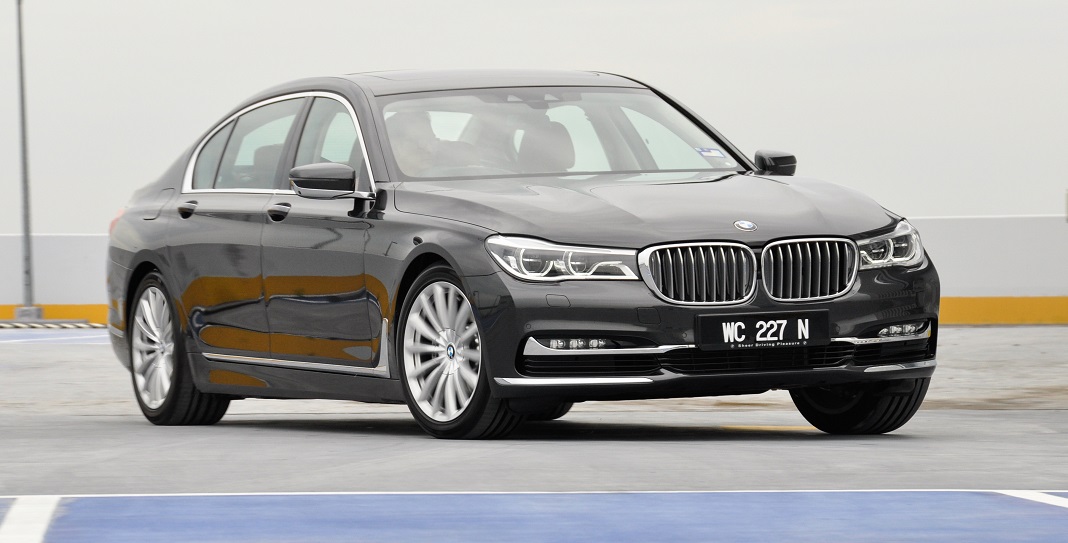 Even when piloted with verve, the 730Li – with its self-levelling air suspension and adaptive dampers – is a large saloon with unerring poise that would only lightly stir but never shake the boss’ in-car beverage. There is body roll for sure but the quantum acts only as a reminder to the speeds the BMW may be travelling in, not to cause alarm to those seated comfortably behind. For the driver, the 730Li’s responsiveness to inputs means the mass of the vehicle is rarely ever felt when the car gets rolling. If a limo can ever be described as nimble, this would be it.
Even when piloted with verve, the 730Li – with its self-levelling air suspension and adaptive dampers – is a large saloon with unerring poise that would only lightly stir but never shake the boss’ in-car beverage. There is body roll for sure but the quantum acts only as a reminder to the speeds the BMW may be travelling in, not to cause alarm to those seated comfortably behind. For the driver, the 730Li’s responsiveness to inputs means the mass of the vehicle is rarely ever felt when the car gets rolling. If a limo can ever be described as nimble, this would be it.
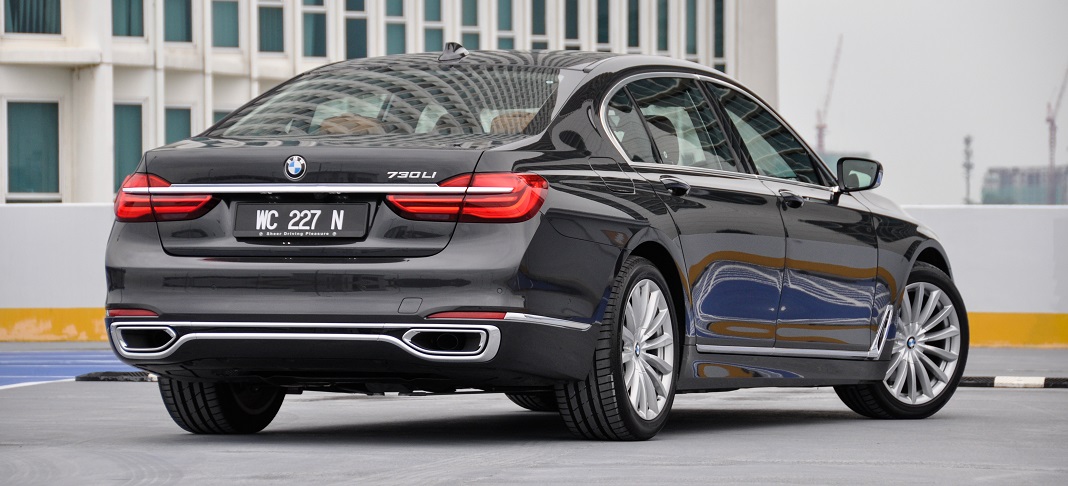 A four-cylinder isn’t premium enough for a luxury limo
A four-cylinder isn’t premium enough for a luxury limo
A four-cylinder under the bonnet of BMW’s flagship saloon is a milestone of sorts (it’s the first ever for a 7), yet it is only indicative of the times we live in where turbocharging allows for small engines to perform like big ones without copious fuel consumption. But the question here is: does a modest four-pot do justice to the reputation of luxury?
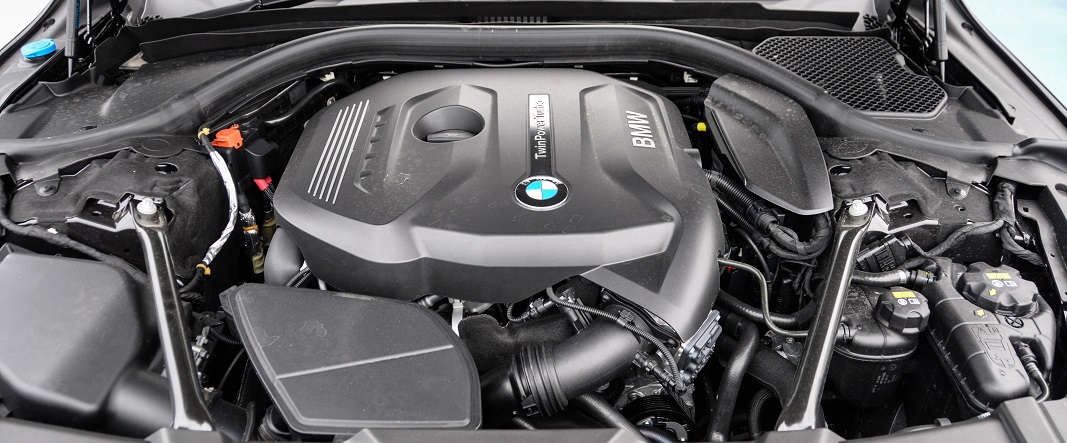 In the case of the 730Li, the easy answer is yes. Performance is brisk from the 258hp/400Nm 2.0-litre turbo engine; the 0-100km/h achievement of the 730Li (6.3 seconds) is slightly quicker than what a Mercedes-Benz S400 Hybrid is capable of with a 3.5-litre V6-cum-electric motor (6.8 seconds), but more importantly, the BMW powertrain – with that silky eight-speed auto – is polished and refined. Let’s just say occupants in the well-insulated cabin would not be able to tell that there’s a four-cylinder under the 730Li’s long hood.
In the case of the 730Li, the easy answer is yes. Performance is brisk from the 258hp/400Nm 2.0-litre turbo engine; the 0-100km/h achievement of the 730Li (6.3 seconds) is slightly quicker than what a Mercedes-Benz S400 Hybrid is capable of with a 3.5-litre V6-cum-electric motor (6.8 seconds), but more importantly, the BMW powertrain – with that silky eight-speed auto – is polished and refined. Let’s just say occupants in the well-insulated cabin would not be able to tell that there’s a four-cylinder under the 730Li’s long hood.
But it’s just not luxurious enough la…
‘Luxurious’ can be subjective. To some, brand image matter more than styling, others associate luxury with a high level of perceived quality, it could also mean craftsmanship or in the case of an automobile, its engineering content perhaps. It’s a pity that BMW decided to keep the new 7-Series looking largely derivative of the last one, making it much harder to outshine its staunch rival, the seductively-styled S-Class (that being a subjective point of view), even if it has substance to back it up.
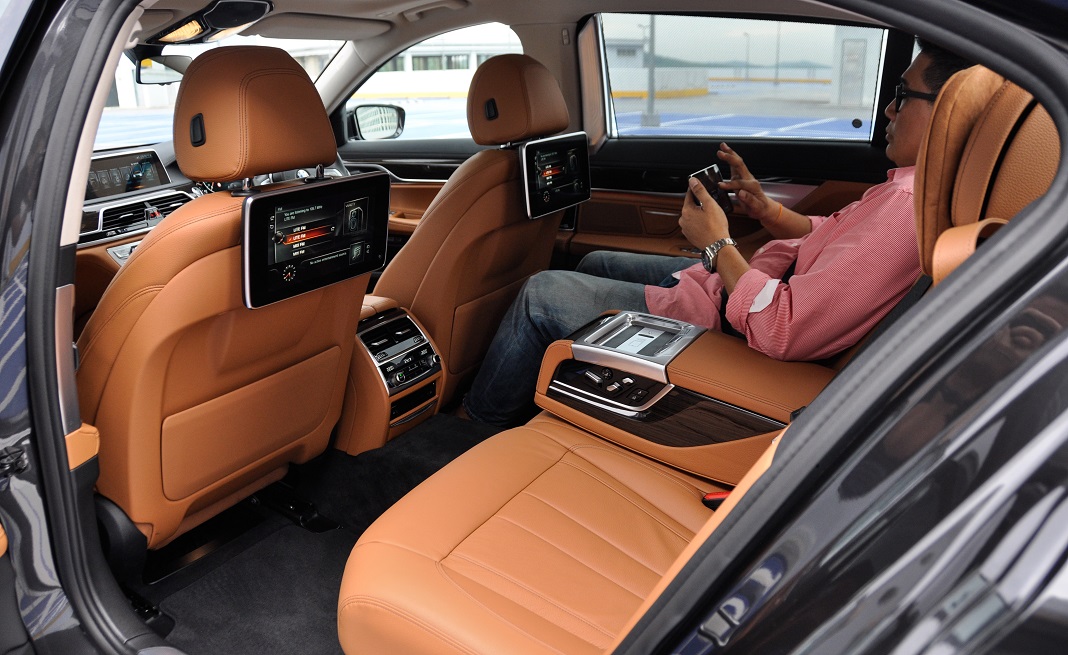 The BMW 730Li does otherwise tick all the right boxes. It may not be as rich in creature comforts nor active safety features as the tax-incentivised S-Class in Malaysia, but it counters with its own unique blend of cool playthings (tablet-based interface, display key, gesture control, a fancy puddle lamp, etc.), and an interior that’s genuinely supple and premium in feel and quality. Of course, there’s also the bonus of looking forward to the chauffeur’s day off, and that is getting behind the wheel of a properly luxurious limousine.
The BMW 730Li does otherwise tick all the right boxes. It may not be as rich in creature comforts nor active safety features as the tax-incentivised S-Class in Malaysia, but it counters with its own unique blend of cool playthings (tablet-based interface, display key, gesture control, a fancy puddle lamp, etc.), and an interior that’s genuinely supple and premium in feel and quality. Of course, there’s also the bonus of looking forward to the chauffeur’s day off, and that is getting behind the wheel of a properly luxurious limousine.


